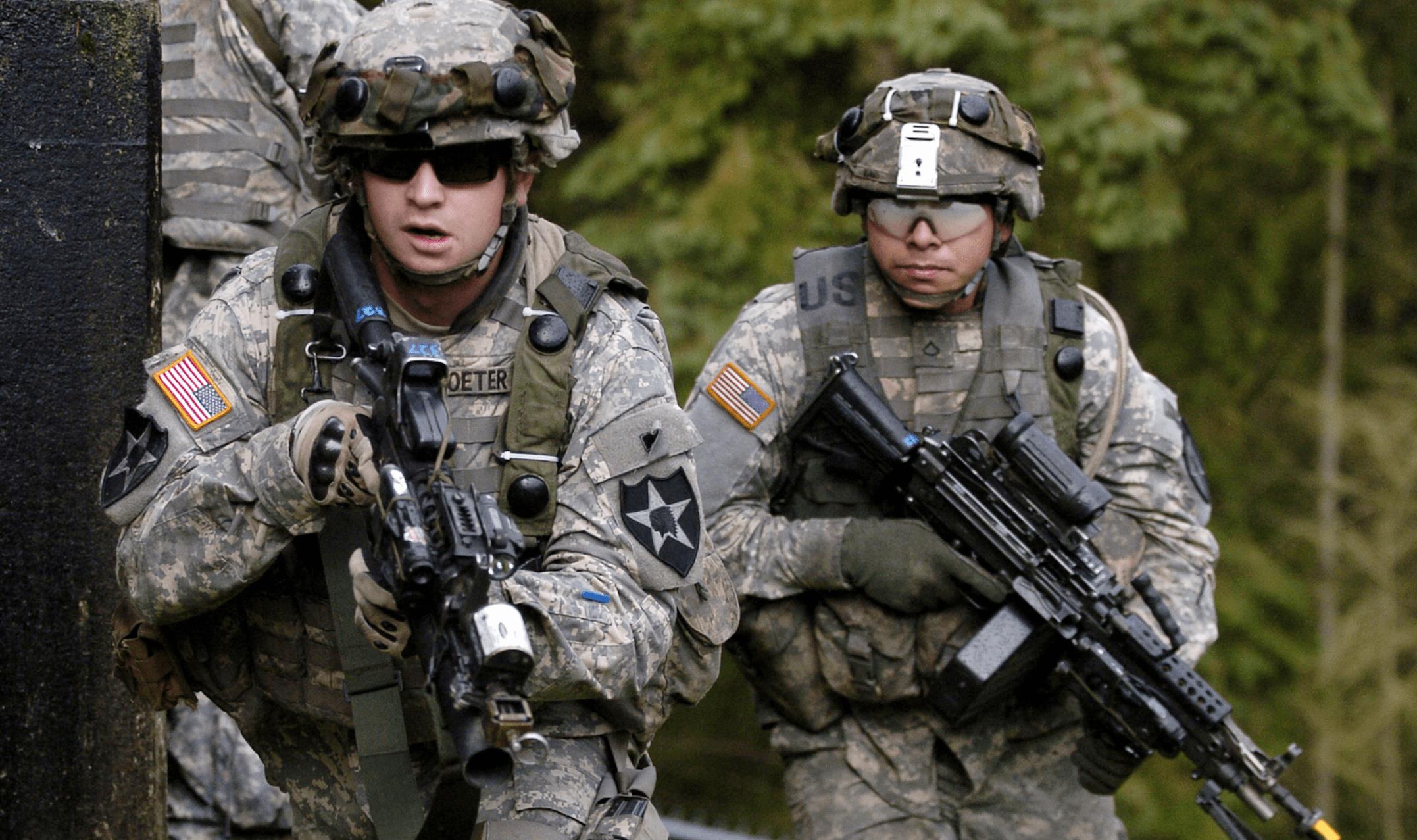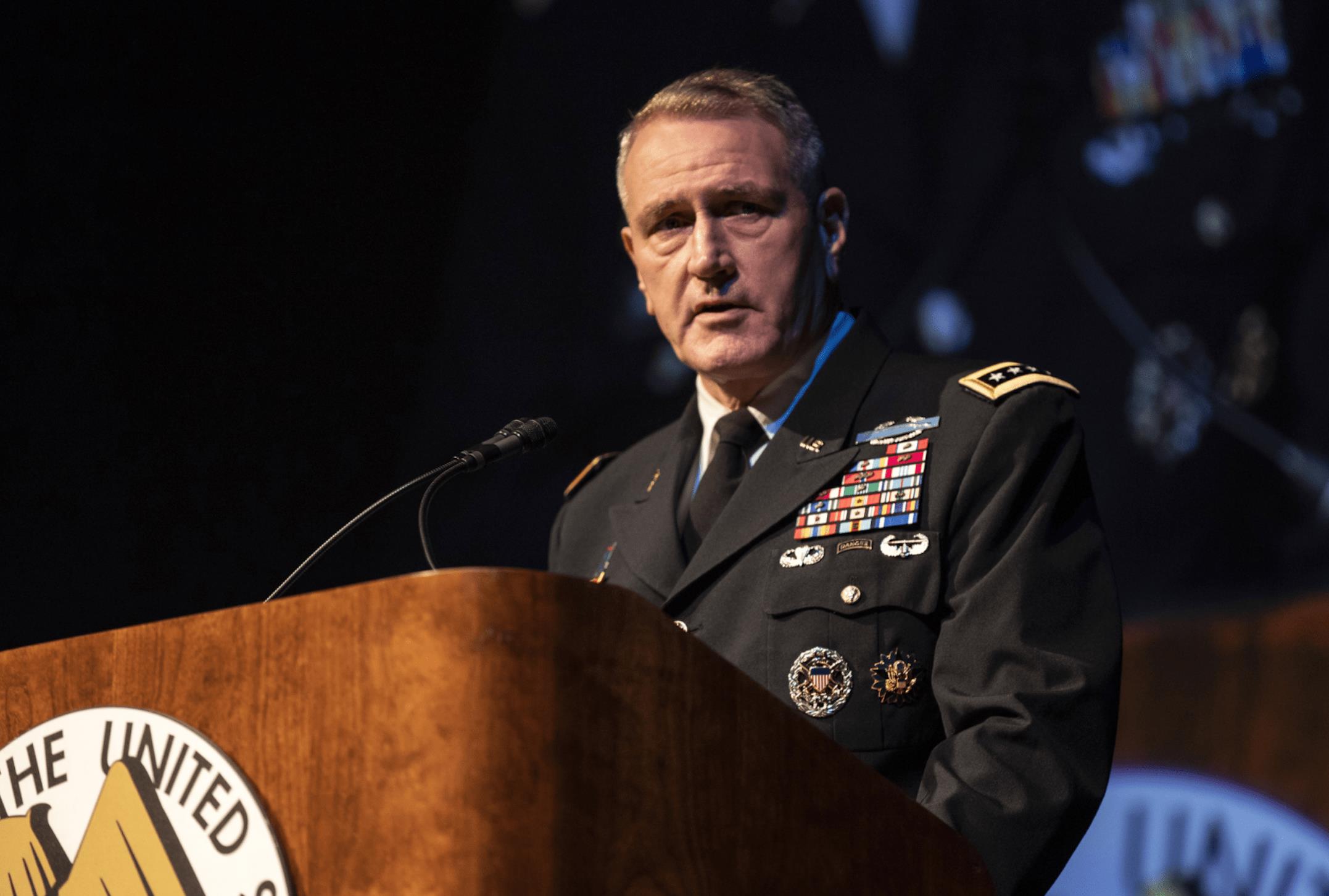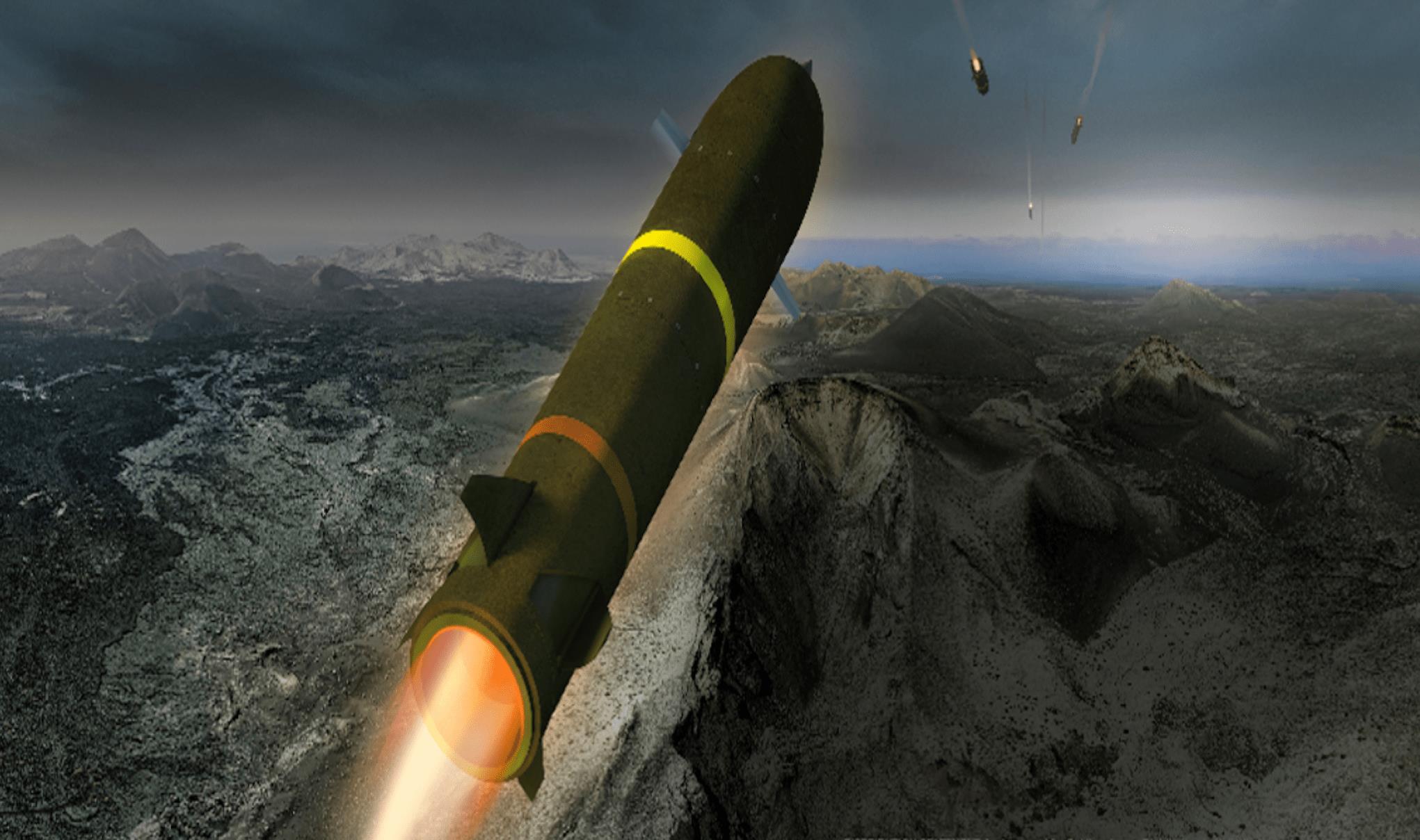(MENAFN- Asia Times) For the last 20 years of counter-terrorism operations, army rotorcraft have operated higher altitudes in battle, to avoid ground fire.
With the impending shift toward near-peer adversaries China and Russia, that is going to change.
According to Maj. Gen. Walter Rugen, director of the Army's Future Vertical Lift Cross-Functional Team, flying at lower altitude challenges the anti-access/area denial capabilities of these advanced adversaries in future conflicts, Breaking Defense reported.
Those systems are much more effective against aircraft that fly high and fast, he said at the annual Association of the United States Army (AUSA) conference in Washington, DC.
“The guys that come in low — in the lower tier — there's a lot of gaps, and we're exploiting those gaps to fight and win,” Rugen said.
The Army is modernizing its rotorcraft fleet as part of its ambitious overall modernization strategy.
The service is building a next generation scout rotorcraft with its Future Attack Reconnaissance Aircraft , which is supposed to be fielded in 2030. Textron's Bell and Lockheed Martin's Sikorsky are squaring off in the competition.
The Army is also trying to field a Future Long-Range Assault Aircraft by fiscal 2030 as part of its future vertical lift program.
“We're going to be flying in lower flight profiles than we have over the last 20 years in counterinsurgency operations and so, even today, we are changing the way we train Army aviators,” said Maj. Gen. David Francis, commander of the Army Aviation Center of Excellence.
“We're changing the way that we develop our leaders to be able to operate in that environment.”
How effective that strategy would work against the People's Liberation Army (PLA), one of the largest and most powerful in the world, is an entirely different question.

The US Army is rapidly shifting gears to prepare for a potential conflict with near-peer adversary China in the Indo-Pacific theater. Credit: Wikimedia.
Rugen said that most of the survivability work to prevent a shoot-down is classified, but the service had taken 25 steps to improve survivability.
Building the aircraft with a modular open systems architecture is another way the service plans to address survivability and add in advanced capability as technology evolves.
In other words, it's not just the controls and the software that operate aboard these craft, but the mechanical and structural parts of the crafts themselves.
“A great example of that is our modular effects launcher,” said Rugen.
“If you look at the launcher that's on the Apache today, it pretty much just handles the hellfire missile, we want a launcher that is more like a USB port, right. Think of your computer, your laptop, your desktop, we want that USB port.
“And we want to define the USB plug in the software that comes into it. And so if we have a new effect, a new munition, a new drone, that we're going to launch off of our platforms that it's built, with the USB plug in the software, already defined as a standard, so everyone knows how to enter.
“And that governance and policy, that architecture and standard. And that software development is that exactly where we have industry focused. And it's different. And it's got to be transformational as well.”
On top of these strategic shifts, the Ramjet 155 — a new high-speed air-breathing projectile which Boeing is co-developing with BAE Systems and Norwegian munitions company Nammo — is progressing through development and will be ready for its first launch from an Army L39 cannon next summer, said Dan Palmeter, Boeing's team lead for the project.
Boeing expects that the Ramjet 155 will travel some 250 meters per second“based on projected time of flight to a target,” a spokesperson said, and to distances in excess of 70 kilometers when fired from a M109 Paladin howitzer.

Gen. John Murray, Commanding General, Army Futures Command, believes artificial intelligence is the answer to computerized swarms of enemy drone attacks. Credit: US Army photo.
“It kind of changes the battlefield calculus and the target sets which artillery can engage,” Palmeter said.“So that means the artillery can be placed back farther, more out of the enemy's vision and reach.”
While rockets carry an oxidizer onboard to burn fuel, a ramjet is“air-breathing,” meaning it digests the air surrounding it as it flies.
Because it doesn't have to haul the extra weight of an oxidizer, it is able to fly for longer ranges — and also comes with unique flight characteristics that make it more survivable.
“The current projectiles the Army have, once they hit their high point, they just coast along ballistic arcs, and they actually slow down as they're approaching the target,” Palmeter said.
“A ramjet is the exact opposite. The farther it flies, the faster it flies, because it's scooping up more oxygen, and that also helps you to avoid detection.”
Long-range precision fires are the Army's top modernization priority, and the service hopes to begin fielding new hypersonic weapons by fiscal year 2023.
However, the No. 2 priority is next-generation combat vehicles. The service is pursuing a new Optionally Manned Fighting Vehicle, a family of robotic combat vehicles, and a new light tank known as Mobile Protected Firepower.

The Ramjet 155 projectile — which Boeing is co-developing with BAE Systems and Norwegian munitions company Nammo — is progressing through development. Credit: Boeing.
Gen. John“Mike” Murray, head of Army Futures Command, was asked what role advanced systems could play in a potential conflict with China in the Indo-Pacific region, where a land war between great power competitors is not viewed by most Pentagon planners as one of the more likely scenarios.
Speaking at the Global Force Next conference in March, he said:“If competition, which we're in today, ever went to conflict … I think we look at that fight very, very narrowly,” he said.
“We always talk about Taiwan and we always talk about the South China Sea” as geopolitical hotspots where events could lead to a US-China clash.
However, Beijing has a large army, he noted.
“I look at the ability for that conflict, if it ever happened, to become more global and less regional,” he said.“I also believe that the Chinese would use every asset they have in their arsenal, which includes a very large mechanized force.
“And so I look at, you know, the [US military's] ability to deter. I look at the assets that China has in place currently [and] their modernization path. I look at … less of a regional fight and more of a global fight if it came to that. And I just think that we fool ourselves if we look at this too narrowly.”
Sources: Breaking Defense, Federal News Network, National Defense
MENAFN20102021000159011032ID1103010271